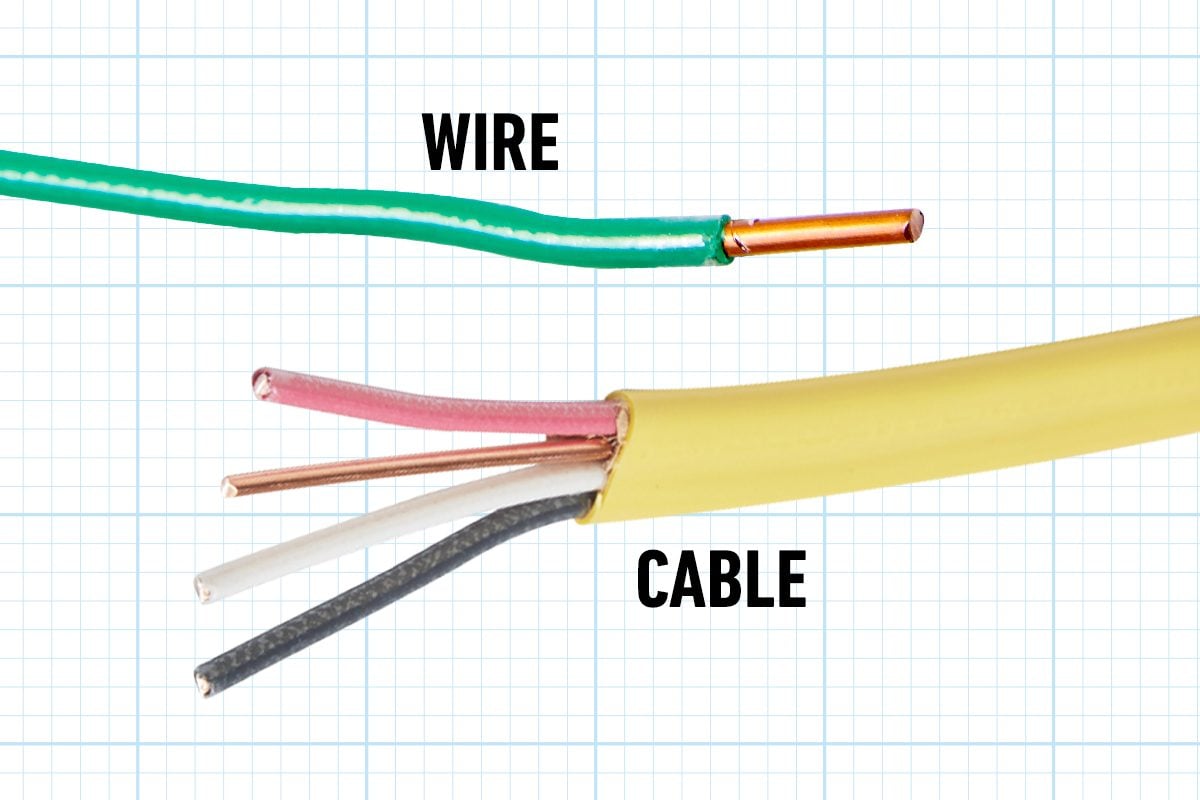When it comes to electronics and electrical engineering, the choice of solder can significantly impact the performance and reliability of a circuit. Among the myriad of solder types available, one question often arises: What solder is most conductive? This article delves into the intricacies of solder composition, conductivity, and practical applications, providing professionals with the knowledge needed to make informed decisions.
Understanding Solder Composition
Solder is primarily composed of a metal alloy that melts at a relatively low temperature, allowing it to bond electrical components together. The most common types of solder include:
- Tin-Lead (Sn-Pb) Solder: Traditionally, the go-to choice for many applications, this solder typically consists of 60% tin and 40% lead. Its excellent conductivity and low melting point (around 183°C) make it a favorite among hobbyists and professionals alike. However, due to health and environmental concerns, its use has been restricted in many regions.
- Lead-Free Solder: With the advent of regulations like RoHS (Restriction of Hazardous Substances), lead-free solders have gained prominence. Common lead-free alloys include:
- Tin-Silver-Copper (SAC): This alloy, often comprising 96.5% tin, 3% silver, and 0.5% copper, offers good conductivity and thermal performance. SAC solders are widely used in consumer electronics and automotive applications.
- Tin-Copper (Sn-Cu): A more economical option, this solder typically contains 99.3% tin and 0.7% copper. While it has lower conductivity compared to SAC, it is still a reliable choice for many applications.
- Specialty Solders: For specific applications, such as high-frequency or high-temperature environments, specialty solders like Indium-based or Bismuth-based solders may be employed. These solders can offer unique properties, such as lower melting points or enhanced thermal conductivity.
Conductivity Comparison
When evaluating the conductivity of different solders, it is essential to consider both electrical and thermal conductivity. Generally, the conductivity of solder is influenced by its composition:
- Tin-Lead Solder: With a conductivity of approximately 15.9 x 10^6 S/m, tin-lead solder remains one of the most conductive options available. Its ability to create strong electrical connections makes it ideal for a variety of applications.
- Tin-Silver-Copper (SAC) Solder: SAC solders exhibit conductivity values ranging from 10 to 12 x 10^6 S/m, making them a solid choice for lead-free applications. The addition of silver enhances both electrical and thermal conductivity, which is crucial for high-performance electronics.
- Tin-Copper (Sn-Cu) Solder: While less conductive than its tin-lead and SAC counterparts, Sn-Cu solder still offers acceptable conductivity levels of around 8 to 10 x 10^6 S/m. Its cost-effectiveness makes it suitable for many consumer electronics.
Practical Considerations
When selecting the most conductive solder for a specific application, several factors should be taken into account:
- Application Requirements: Consider the operational environment, including temperature, humidity, and mechanical stress. For high-temperature applications, a solder with a higher melting point may be necessary.
- Regulatory Compliance: Ensure that the chosen solder complies with relevant regulations, particularly in industries such as automotive and aerospace, where safety and environmental standards are stringent.
- Wetting and Flow Characteristics: The ability of solder to wet and flow onto surfaces is critical for creating reliable joints. Solders with better wetting properties will result in stronger connections.
- Cost vs. Performance: While high-conductivity solders may offer superior performance, they often come at a premium price. Balancing cost and performance is essential for budget-conscious projects.
Conclusion
In summary, the question of what solder is most conductive does not have a one-size-fits-all answer. While traditional tin-lead solder remains the most conductive option, lead-free alternatives like SAC and Sn-Cu solders provide viable solutions for modern applications. By understanding the properties and applications of different solders, professionals can make informed choices that enhance the performance and reliability of their electronic projects. As technology continues to evolve, staying abreast of advancements in solder materials will be crucial for maintaining high standards in electronic manufacturing and assembly.

